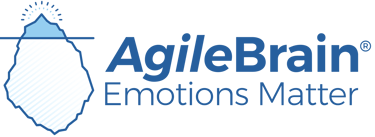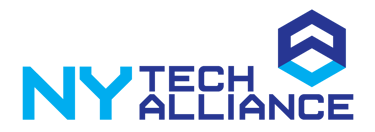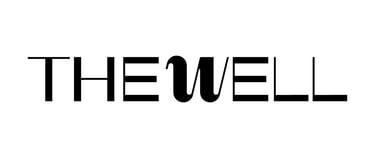How to Collect and
Use Data Responsibly
The current data system is broken — full of bad information, hidden tracking, and consumer distrust. Clean Data gives you a better way to understand people and build lasting trust. By collecting only permissioned, anonymized, verified data, your organization gains insights that are more accurate, more compliant, and more human. This isn’t about compliance — it’s about integrity, transparency, and results.
1. The Problem
Most organizations run on “dirty data” — scraped, purchased, or implied-consent information that’s inaccurate, biased, and legally risky.
Clean Data changes this by replacing extraction with collaboration. Organizations earn access, not take it.
2. The Principles
Ask Honestly
Collect only what people explicitly choose to share.
Be transparent about purpose, use, and value exchange.
Avoid hidden consent (e.g., pre-checked boxes, bundled permissions).
Example:
Before running a campaign, you ask participants to opt in to data use, explain how insights will be used, and show them the benefit they’ll receive.
Honor Privacy
Treat consent as continuous and revocable.
Protect personal information through anonymization and encryption.
Delete or archive data when consent expires.
Example:
When a participant revokes consent, your system automatically removes or anonymizes their data — no manual loopholes.
Share Value
When people’s data drives business outcomes, they deserve a share of the value.
Compensation can be financial, educational, or experiential.
Value-sharing builds stronger, longer-term relationships.
Example:
Your marketing study generates actionable insight. Instead of keeping the value, you return a small payment or perk to every participant whose anonymized data contributed.
Build Trust
Make accountability visible.
Show your data ethics in action: consent logs, compensation records, and transparent reporting.
Design products and systems that give users real control.
Example:
You integrate a consent dashboard into your app, showing users when and how their data is used, with easy controls to pause or delete participation.
3. The Business Case
Lower risk: Permissioned, anonymous data eliminates privacy liabilities.
Higher quality: Verified, longitudinal data produces better decisions and AI outcomes.
Greater trust: Ethical data practice builds loyalty, compliance, and reputation.
Clean Data isn’t a compliance checkbox; it’s a business advantage.
4. Implementation Roadmap
Audit: Identify all current data sources and consent gaps.
Redesign: Shift from extraction to permissioned collection.
Educate: Train teams on Clean Data standards and ethics.
Integrate: Build continuous consent and compensation mechanisms.
Certify: Earn Clean Data Certification through the Clean Data Alliance.
The Outcome
You collect better data with less friction.
You reduce legal exposure and increase brand trust.
You lead the movement toward a transparent, human-centered digital economy.
Clean Data builds trust. Trust builds growth.








